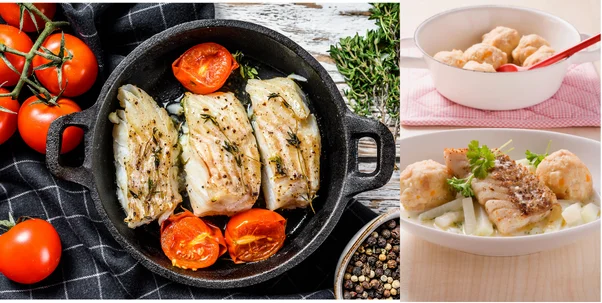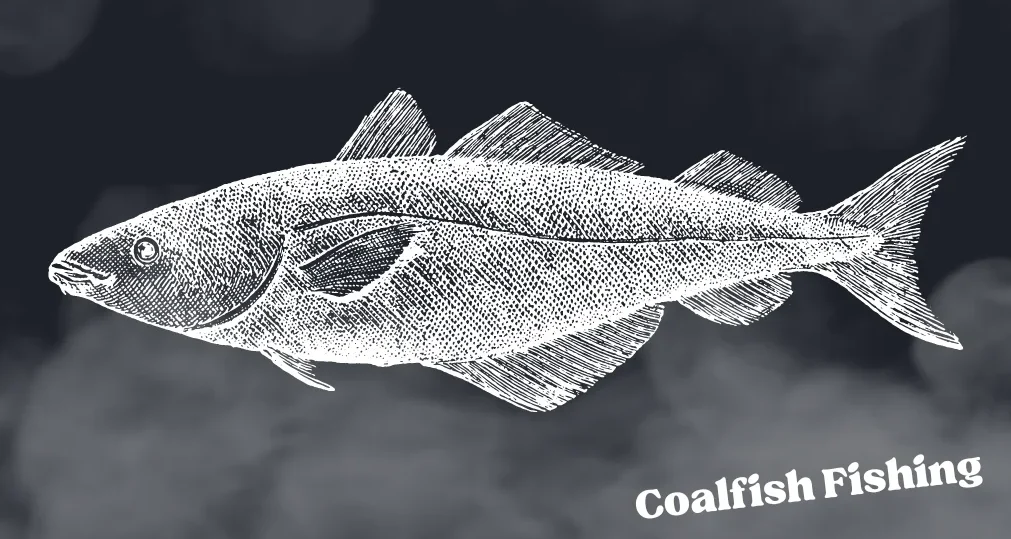Coalfish, a member of the Cod family, is an intriguing species that graces the waters across the globe. Its name stems from its distinct dark coloration, resembling that of coal. Known by various other names including Saithe, Coley, and Pollock, this fish species is a sight to behold and a delight to catch.
This cod-like species is closely related to pollock and shares characteristics of both fish. Good to eat and fun to hold! They are found in large numbers in the British Isles and further afield in Europe, meaning coal fishing trips are popular.
Coalfish Overview
Scientifically known as Pollachius virens, the Coalfish is a widely distributed species. It can be found in the cool waters around the UK, the north of the British Isles, the North Sea, and even in the Baltic Sea. A different population exists in the waters along the eastern coast of the USA and Canada, where it’s confusingly referred to as Pollock .
Arctic Char Fishing | Adventure in the Arctic Waters
Bohar Snapper Fishing | Fish Species
The largest coal-fish typically reach a maximum size of 50 inches and can tip the scales anywhere from 18 to 55 pounds. But the most common catches are around 7-8 pounds.
These fish like to hang around rocky structure and underwater debris and feed in schools in the pelagic zone of your favorite fishery. It is common throughout the North Atlantic, where fishermen from Great Britain and Ireland often target it along with cod and pollock for tasty food fare. Larger species can be found further north around Norway.
Identifying the Coalfish
The Coalfish is a visually striking species with a streamlined body. Its back ranges in color from olive green to black, while its flanks and belly exhibit a white to silver hue. One distinguishing feature is its lateral line – it’s virtually straight and noticeably white, running from the gill cover to the tail.
Coalfish Behavior and Lifecycle
Like its close cousin, the Pollock, the Coal-fish is a mid-water hunter, feasting primarily on smaller fish species. When not hunting, they may also scavenge on the seabed for marine worms and crustaceans. These fish are swift swimmers and strong fighters that often dive when hooked, providing an exciting challenge for anglers.
Coalfish tend to spawn from January through to late April, with the eggs and larvae drifting near the surface carried by natural sea currents to coastal nursery areas.
Size and Weight of Coalfish
Coalfish can grow to impressive sizes. They can reach lengths of over four feet and weigh over 50lbs. However, the Coalfish that anglers commonly encounter in the UK are typically between 1 – 4lbs. Any Coalfish approaching double figures would be considered an excellent catch from the shore.
Coalfish vs. Pollock
While Coal-fish and Pollock are closely related and often confused, a few clear differences allow for easy identification. The shape of the lateral line is a key feature, with the Coal-fish’s being straight and the Pollock’s having a noticeable curve. Moreover, the Coal-fish’s forehead is more rounded when viewed from a side profile.
Commercial Importance of Coalfish
Despite not having the same reputation as a table fish as the premium whitefish such as Cod or Haddock, Coal-fish are commercially important. They are often used in cheaper frozen fish products such as fish fingers and fish cakes.
Methods and Techniques to Catch Coalfish
Whether you are bait fishing or using lures, you stand a good chance of hooking a Coal-fish. You will be able to use different techniques to catch fish. The most popular method is bottom fishing. Coyotes are attracted to moving targets, so it’s important to implement a technique like jigging that keeps the bait constantly moving.

Conclusion
Although this species is found throughout the year, koala fish are particularly abundant between May and September. It’s time for the big boys to go outside to play!
First, it’s important to place your line correctly. Preferred feeding areas for coalfish are around beaches, reefs and harbors. Larger species feed in deeper waters, often on marine debris, but return to nearby waters when temperatures cool. Small fillets of cod, mackerel, herring, squid and whiting are effective in attracting them to your line as well as artificial baits.


3 thoughts on “Coalfish | The Dark Sea Dweller”